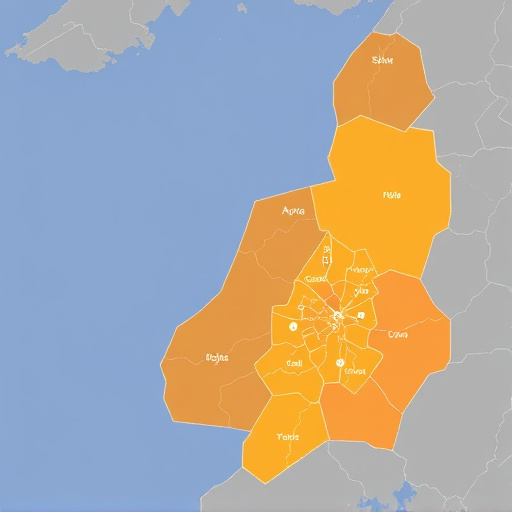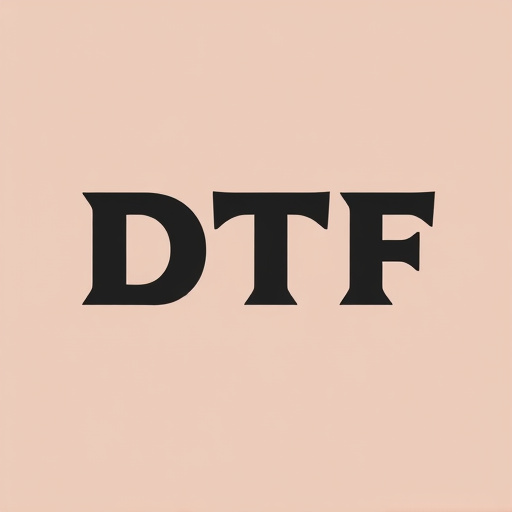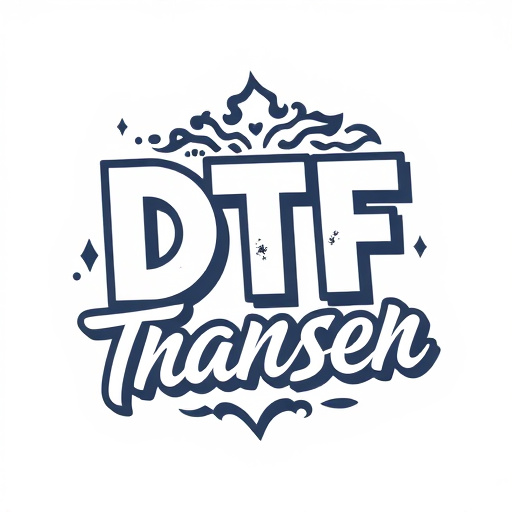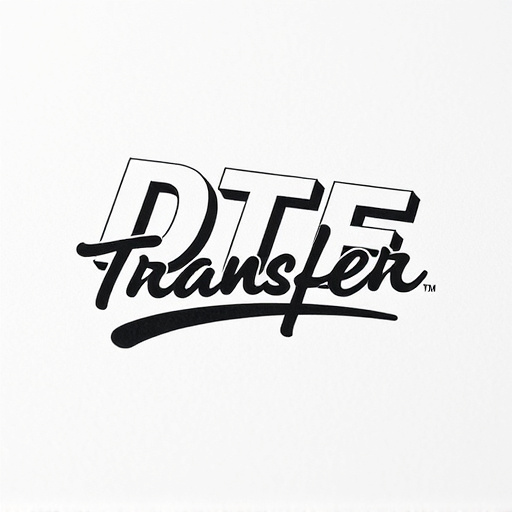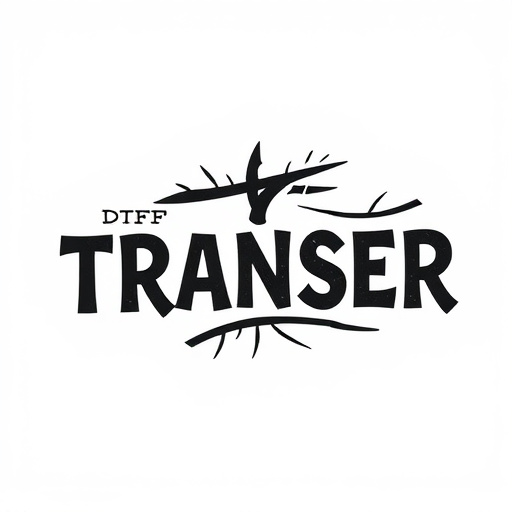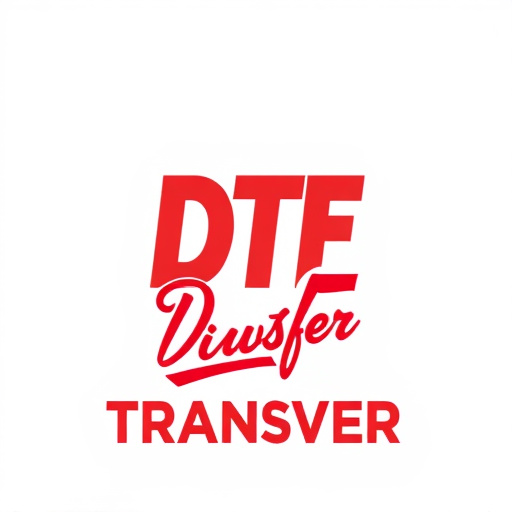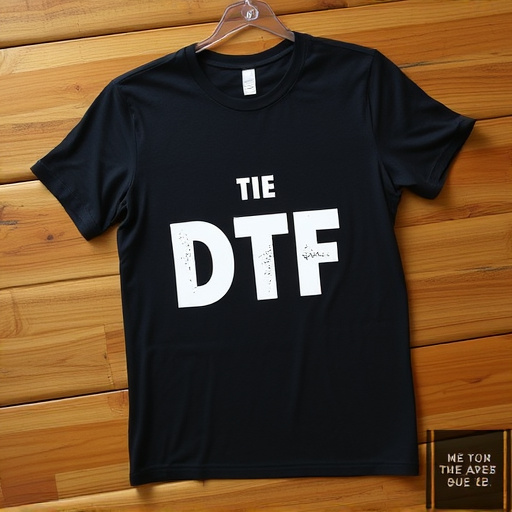Direct-to-Film (DTF) transfer printing is a cutting-edge method for creating high-quality prints and graphics. It involves transferring designs directly to transparent film for various applications like film projections, stage productions, and marketing materials. DTF guarantees exceptional clarity and detail, with specialized manufacturers offering advanced technologies for precise color reproduction and durable results. Choosing the right substrates, understanding technical intricacies, and leveraging tailored solutions ensure vibrant, long-lasting prints for both indoor and outdoor use. The DTF market is booming due to its versatility and technological advancements, driving innovation in fashion, signage, and advertising, revolutionizing brand promotion with captivating visuals.
In the realm of direct-to-film (DTF) transfer, achieving premium results demands a deep understanding of sources and technical intricacies. This comprehensive guide explores the art of DTF printing, serving as your compass through the landscape of top-tier products. From material choices to market trends, we unravel the secrets to creating vibrant, high-quality DTF prints. Discover key sources, navigate technical aspects, and explore real-world applications that showcase the transformative power of premium DTF transfers in various industries.
- Understanding Direct-to-Film (DTF) Transfer: A Comprehensive Overview
- Key Sources for Premium DTF Transfer Products: Where to Begin Your Search
- Material Considerations: Choosing the Right Substrates for High-Quality DTF Prints
- Technical Aspects of DTF Printing: Ensuring Accurate and Vibrant Results
- Market Trends in DTF Transfer: Innovations and Emerging Brands to Watch
- Case Studies: Successful Applications of Premium DTF Transfers in Various Industries
Understanding Direct-to-Film (DTF) Transfer: A Comprehensive Overview
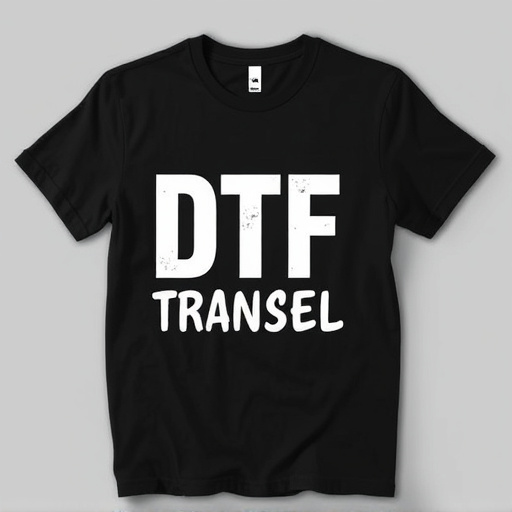
Direct-to-Film (DTF) Transfer is a cutting-edge printing technique that has revolutionized the way we produce high-quality prints and graphics, especially in the film industry. This method involves transferring an image or design directly onto a transparent film, which can then be used for various applications, from film projections to stage productions and even promotional materials. DTF Printing offers unparalleled clarity and detail, ensuring that every element of the original design is accurately reproduced on the final print.
The process begins with creating a digital master of the desired image, which is then optimized for printing. This digital file is used to expose light-sensitive film, causing the image areas to harden while the unexposed parts remain soluble. The film is subsequently washed, resulting in a transparent sheet with the desired image precisely imprinted on it. DTF Transfer prints are known for their exceptional durability and vibrancy, making them a preferred choice for professionals in the entertainment and marketing sectors.
Key Sources for Premium DTF Transfer Products: Where to Begin Your Search
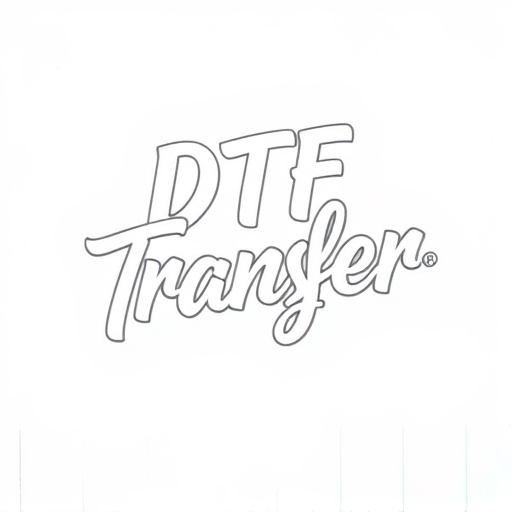
When on the hunt for premium Direct-to-Film (DTF) transfer products, it’s essential to start your search with established industry leaders. Companies specializing in DTF Printing have honed their craft and offer a wide range of options catering to various needs, from professional sign makers to custom apparel creators. Look for brands renowned for their high-quality materials, consistent results, and advanced technologies that ensure precise color reproduction and durable prints.
Some key sources include specialized DTF transfer manufacturers known for their innovative products and extensive product portfolios. These companies often provide detailed specifications, easy ordering systems, and excellent customer support. Additionally, exploring online marketplaces or industry forums can yield valuable insights and recommendations from fellow professionals, helping you make informed decisions when choosing the best DTF Transfer solutions for your projects.
Material Considerations: Choosing the Right Substrates for High-Quality DTF Prints
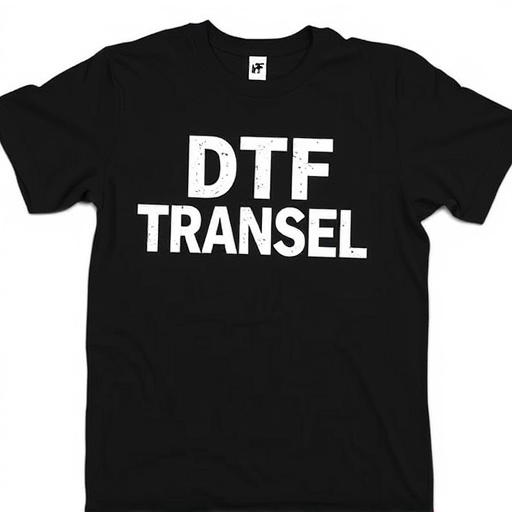
When it comes to DTF (Direct-to-Film) transfer, choosing the right substrates is paramount for achieving high-quality DTF prints. The substrate, or base material, plays a crucial role in determining the final image’s clarity, durability, and overall aesthetic appeal. Factors like material type, thickness, and surface smoothness influence how well the design transfers and how long the print will last.
Opting for substrates designed specifically for DTF Printing ensures optimal results. These often include materials like high-quality vinyl or polyester films known for their excellent ink adhesion and resistance to fading. Thicker substrates provide added durability, while smoother surfaces allow for sharper detail reproduction. Keep in mind that different applications may call for varying substrate choices, so understanding your project requirements is essential.
Technical Aspects of DTF Printing: Ensuring Accurate and Vibrant Results

The technical aspects of DTF (Direct-to-Film) printing are crucial in ensuring the quality and vibrancy of final prints. This process involves precise application of design elements directly onto a variety of substrates, demanding high levels of accuracy and color consistency. Professional DTF transfer products must meet stringent standards to deliver optimal results. Key considerations include ink composition, which should be optimized for specific materials and weather resistance, and the printing machine itself, which needs advanced features like precise registration and high-resolution imaging capabilities.
Additionally, understanding substrate compatibility is vital. Different materials—from textiles to plastics and metals—require tailored settings to achieve crisp, lasting impressions. The right DTF transfer products account for these variations, offering solutions that cater to specific substrates while maintaining color accuracy and vibrancy across diverse applications. This attention to detail guarantees that the final prints not only look excellent but also withstand various environmental factors, making them suitable for both indoor and outdoor use.
Market Trends in DTF Transfer: Innovations and Emerging Brands to Watch
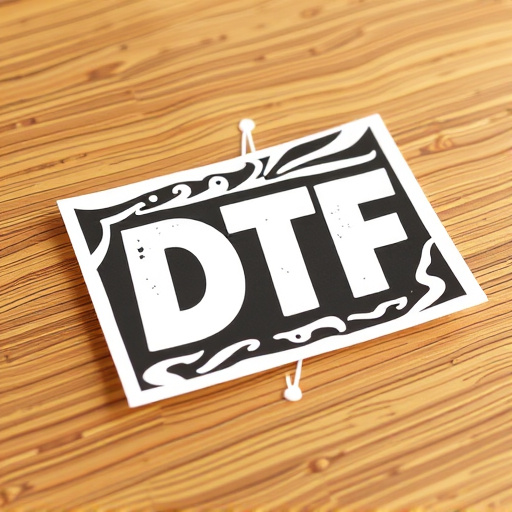
The direct-to-film (DTF) transfer market is experiencing a surge in popularity due to its ability to produce high-quality prints on a variety of materials, from textiles to plastics and metals. Innovations in DTF printing technology have led to advancements in ink formulations, print heads, and curing processes, resulting in improved durability, color accuracy, and speed. This has opened up new possibilities for brands to create unique, customized products with intricate designs.
Emerging brands are playing a significant role in shaping the future of DTF transfer by introducing innovative solutions that address the evolving needs of their customers. Some key players are focusing on sustainable materials, eco-friendly inks, and automated systems to streamline production. Others are pushing the boundaries of design complexity and material compatibility, ensuring that DTF remains a versatile and cutting-edge option for various industries. With continuous advancements and growing consumer demand, the DTF market is poised for further expansion, offering exciting opportunities for both established players and new entrants.
Case Studies: Successful Applications of Premium DTF Transfers in Various Industries
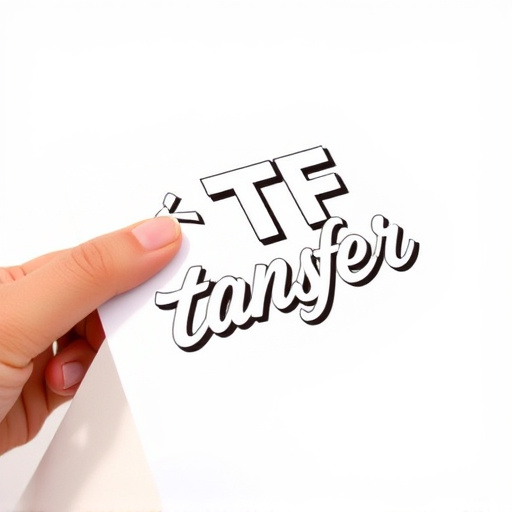
Direct-to-film (DTF) transfers have proven to be a game-changer across multiple industries. Case studies highlight their successful applications in diverse fields, showcasing their versatility and high-quality output. In the fashion industry, for instance, DTF printing has revolutionized custom apparel design, enabling small businesses to create unique, on-demand garments with intricate designs previously impossible with traditional methods. These transfers offer precise color replication, ensuring the vibrancy and detail of original artwork are preserved.
Moreover, DTF technology has found a place in signage and advertising. Large-format printers can produce high-resolution DTF prints for outdoor billboards, vehicle wraps, and window graphics, offering durability and vivid colors that withstand various environmental conditions. This has transformed how businesses promote their brands, allowing them to create eye-catching visuals that capture attention effectively.

